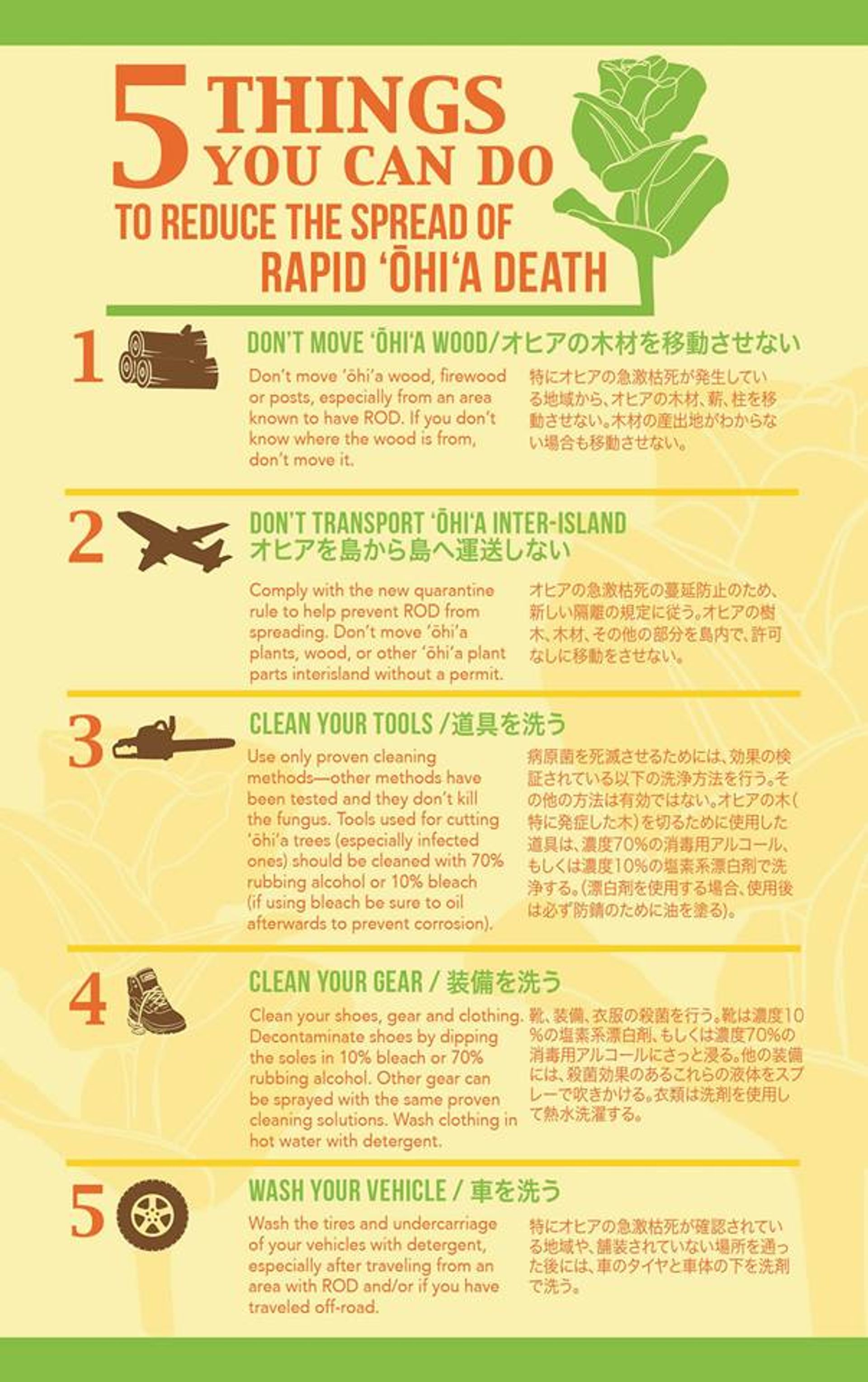If you are driving, there are four (4) ways to get to this trail:
1. Via the Pali Lookout: From Honolulu, head towards Kailua on the Pali Highway. Just before the tunnels, take the off ramp to the Pail Lookout. From the parking lot (there is a parking fee and a time limit of 2 hrs), continue to the right side of the lookout to an old section of road. Continue down the old road until it turns into dirt trail. Continue down the trail until you get to the junction with the Maunawili trail.
2. Via the Pali Highway: From Honolulu, head towards Kailua on the Pali Highway. Just after going through the tunnels, there is a hairpin turn. Begin to look for the parking area (marked scenic overlook), which is just after the hairpin turn. Park in this turnout. The trailhead is adjacent to the parking area.
3. Via Kalanianaole Highway: Go through Waimanalo town on Kalanianaole Hwy. Turn left on Kumuhau Street. At the end, turn right onto Waikupanaha St. Shortly after you pass Mahiku Place, on your right, there will be a fence and gate, also on your right. Park in the gravel area and proceed through the small break in the fence. Continue along the dirt road. You will soon reach the Maunawili Ditch Trail on the right. Continue along the dirt road until you reach a gap in the ridge - the land on the other side of the ridge is private property. Take the left fork which is the Mauanwili Trail.
4. Via Maunawili Falls and Maunawili Connector Trail. To reach Maunawili Falls Trail, see webpage. Approximately one (1) mile up Maunwaili Falls Trail, you will come to the Maunawili Connector Trail. Go up the Connector Trail to a junction with Maunawili Trail. This joins Maunawili Trail approximately two (2) miles in from the Pali Trailhead.
From the hairpin turn parking lot, walk back up the access road. Go through a gap in the guardrail on the left. Just past a mango tree turn left on a connector trail heading into the forest. Cross a small culvert and pass a water tank below and on the left. Switchback twice past several mango trees. By some plastic steps reach a signed junction with the Maunawili Trail. Bear left on it. (To the right another connector trail climbs to Old Pali Rd. and Nu`uanu Pali lookout.) Pass a small water tank on the right. Contour into and out of three gulches through guava trees. Cross over a prominent side ridge, informally known as Piliwale Ridge. Break out into the open briefly through native uluhe ferns and scattered `ohi`a trees. Mauka (inland) are spectacular views of the Ko`olau cliffs. Enter another ravine and then emerge into the open again. Work into and out of a series of shallow gulches and then two larger ones with rocky streambeds. Cross over a broad side ridge with a stand of ironwood trees above and on the right. Work into and out of another ravine and then cross over a narrow side ridge. In the cliffs ahead are four waterfall chutes. Descend into a deep ravine on two switchbacks and then contour through a series of shallow gullies. Enter a wide gulch with the four waterfall chutes in back. Cross a pair of rocky streambeds that join just below the trail. Cross intermittent `Oma`o Stream by some struggling bamboo. Reach a signed junction. Continue straight on the Maunawili Trail. (To the left the Maunawili Falls Trail leads down a side ridge to the falls.) Contour through a small ravine and then cross over an open side ridge with several ironwoods on the right. Descend into a large gulch on two switchbacks. Cross Maunawili Stream in a grove of mountain apple trees and climb to the next side ridge and another good viewpoint. Work into and out of two more gulches. Wind through a long stretch of shallow ravines, some choked with hau trees. Cross over a side ridge with a lone ironwood and several native koa trees. Climb gradually through two narrow gulches. Cross over a prominent side ridge with a power-line tower on top. Work into and out of a long series of deep gulches. Climb gradually to cross over another prominent side ridge with a small knob on the left. Wind through four more gulches, which form the watershed of `Ainoni Stream. Descend along the side of `Ainoni Ridge and then resume contouring in a paperbark grove. Pass two waterfall chutes side by side in a deep ravine with ki (ti) plants. Work into and out of a large double gulch with a line of ironwoods and a small pool and waterfall. The trickle of water is a branch of Makawao Stream. Descend gradually through three small gulches, two with weeping walls. Reach a junction under some power lines. Continue straight through the clearing. Contour below Anianinui Ridge and then along its crest. Descend gradually along the right side of the ridge. By a large mango tree reach the end of the Maunawili Trail at a junction with the old Maunawili Waimanalo Road. Turn right on the road. Descend gradually on two switchbacks. Reach a signed junction. Continue straight on the road. (To the left is the Maunawili Ditch Trail.) Go around a yellow gate and reach paved Waikupanaha St in Waimanalo.



